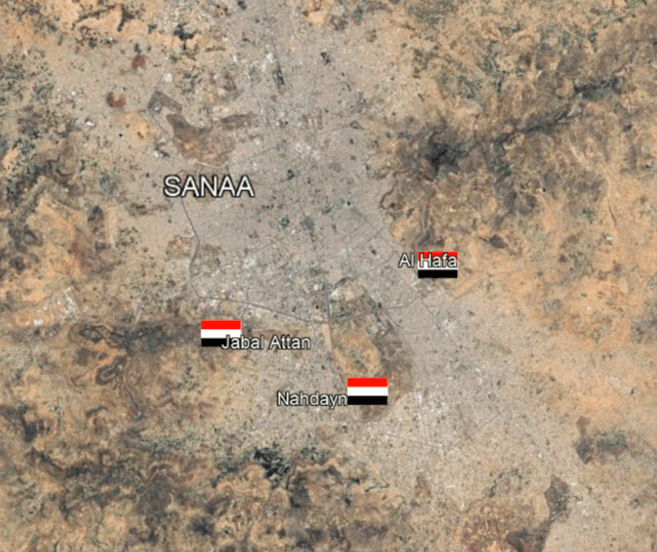U.S. Strikes Five Houthi Missile Sites with Bunker-Buster Bombs: A Significant Show of Force

On the night of October 17, 2024, the U.S. Air Force executed a high-profile military operation, targeting five key Houthi missile sites in Yemen using specialized bunker-buster bombs. This marks a significant escalation in U.S. involvement in the ongoing conflict in the Middle East and is the first known use of such advanced weaponry in this region since the conflict erupted last year.
A New Chapter in the U.S. Response to the Middle Eastern Conflict
The recent strikes were carried out by B-2 stealth bombers, one of the most advanced aircraft in the U.S. arsenal. These bombers are among the few capable of deploying the GBU-57 Massive Ordnance Penetrator (MOP), a 30,000-pound bomb designed to penetrate fortified underground facilities.

This ordnance is specifically tailored to destroy deep, hardened bunkers, making it ideal for targeting missile sites hidden in natural caves or deep underground.
Previous U.S. and U.K. attacks in Yemen were conducted using lighter attack aircraft, which lacked the ability to carry such heavy ordnance, limiting their effectiveness against these fortified targets.
The Weaponry: GBU-57 Massive Ordnance Penetrator The GBU-57, also known as the Massive Ordnance Penetrator (MOP), is one of the most powerful conventional bombs in the world. Its design allows it to penetrate up to 60 meters (200 feet) of concrete or 40 meters (130 feet) of earth before detonating. The bomb’s precision and penetrating power make it uniquely suited for targeting deeply buried bunkers, missile silos, or other fortified structures that would otherwise be difficult to destroy. Its deployment in this context signals a major shift in the U.S. military's operational capabilities in the region.
Strategic Locations Targeted
Though the exact sites were not fully disclosed by the U.S. Department of Defense, the strikes are believed to have focused on three strategic missile brigade locations on the southern outskirts of Sanaa, including Jabal Attan, Al Hafa, and Nandayn. These locations have historically been used by Yemeni forces to house ballistic missile brigades equipped with SCUD missiles.

Since the 1980s, these sites have been fortified with deep underground bunkers, making them particularly resilient to conventional airstrikes.
The Saudis previously attempted to destroy these missile facilities in a series of airstrikes before the 2022 ceasefire, but without access to bunker-penetrating ordnance, their efforts were largely unsuccessful.

In the north, the U.S. targeted an underground tunnel complex located approximately eight kilometers east of Saada airfield, a known Houthi stronghold. Recent satellite imagery indicated ongoing construction at this site, suggesting it may have been used for missile storage or as a command center.
The facility’s destruction could deal a major blow to the Houthis’ operational capabilities, particularly in their missile program.